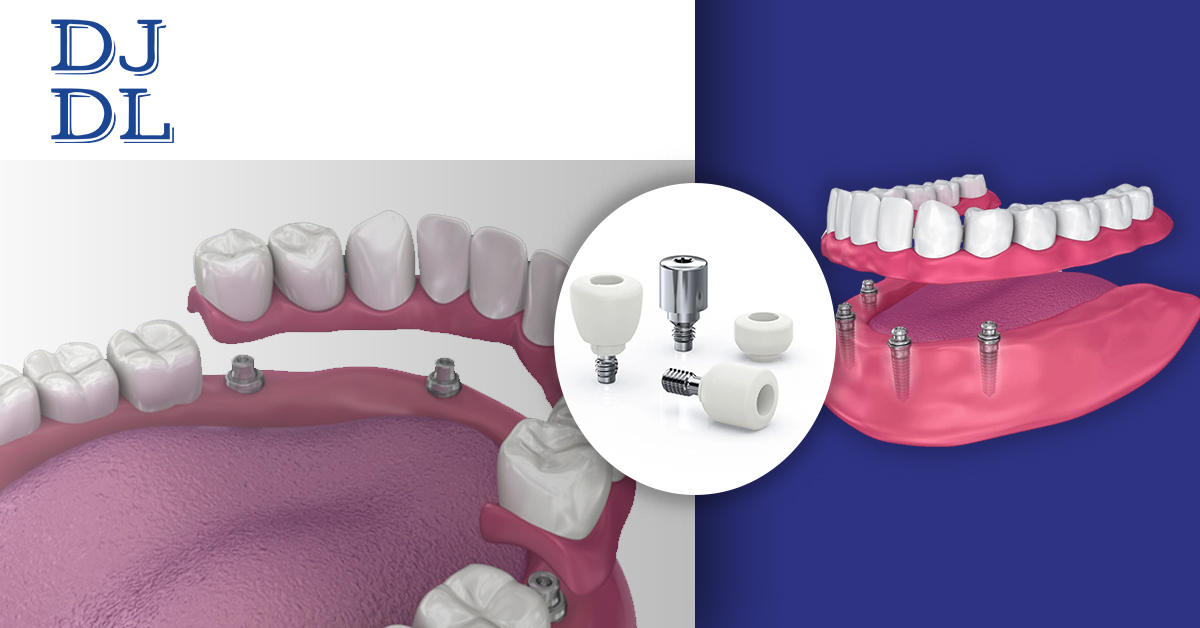
Implant Overdenture: Everything you need to know
Dentures that are supported by implants are used to replace teeth that have been lost and are designed to rest on top of implant posts or natural teeth roots. Implant supported denture is another name for an implant overdenture . The fact that implant overdentures may be removed sets them apart from hybrid dentures and implant bridges, which cannot be taken out of the mouth. These dental appliances are frequently used to save implants or natural teeth in order to save the jawbone that supports and stabilizes dentures. Other times, they are utilized to save both at the same time.
Advantages of implant overdenture
Here are some of the benefits of implant overdentures:
- These overdentures allow the wearer to eat, talk, and speak without having to worry about the dentures slipping or falling out.
- It is one of the wonderful dental treatments for missing teeth and helps to restore the wearer’s confidence.
- They also help to preserve your jawbone from further deterioration.
Disadvantages of implant overdenture
Along with advantages there are also some downsides of implant overdentures that include:
- These overdentures are not suitable for people who do not have an adequate amount of jawbone to support the required implants.
- They can also be beyond reach financially for certain patients.
How much does an implant overdenture cost?
The cost of implant supported dentures may vary depending on the number of implants required, the dentist fee, and the location of the dentures you are getting. They are costly in comparison to traditional dentures. When calculating costs, the possibility of requiring bone grafting should also be taken into account.
Procedure of getting an overdenture.
In the same way that you would visit with your dentist before any other kind of dental surgery, one of the very first phases of the implant overdenture procedure is to assess whether you are a good candidate for the operation. After that, your dentist will conduct a comprehensive evaluation, during which they will take images and imprints of your teeth and bones to ensure a good fit. The images taken of your teeth will help to determine whether you need bone grafting or any other supplemental surgeries. You will then receive a local anesthetic and once you are numb, the implants will be screwed into your jawbone by the dentist. Following the completion of the procedure, the incisions will be stitched closed. Once these implant supported denture steps are done, you will have to wait until your jawbone heals and prepare them for impressions.
The healing process generally takes about 3–4 months in which the bone grows around your implants to secure them. Your dentist will then take digital scans or impressions of your teeth and send them to a dental lab. A lab technician takes your teeth impressions and creates the overdenture. Once the overdenture is created and sent back to your dentist. He/She will fit the overdentures in your mouth making any required adjustments. The dentist will also provide you with instructions on how to clean and care for your new dentures.


